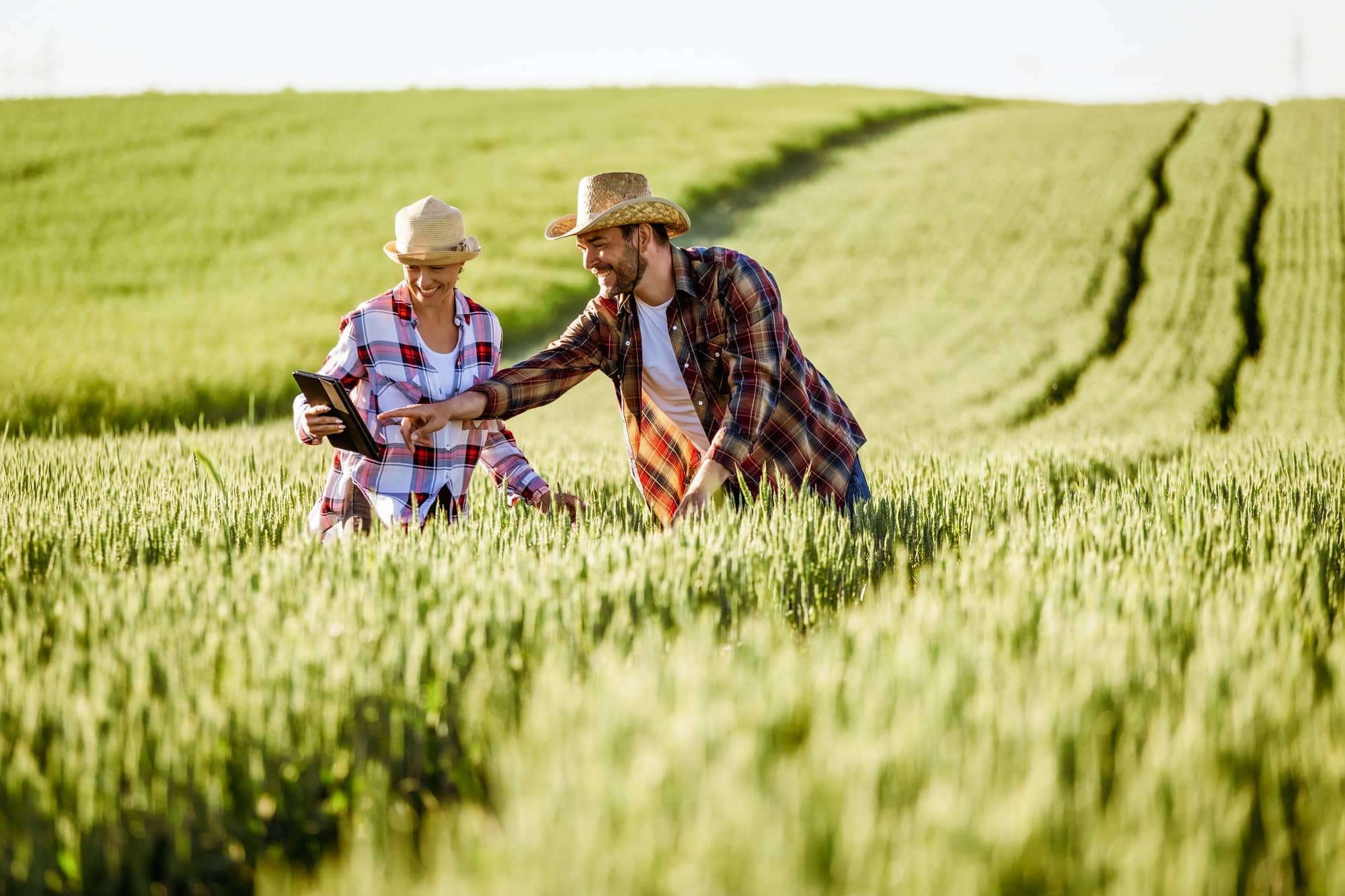Can AI-Enhanced Drones Aid in Precision Agriculture for Crop Disease Detection?

In this era of rapid technological evolution, the agricultural sector is not left behind. The integration of Artificial Intelligence (AI) and drone technology provides a promising solution to one of agriculture’s most pressing issues: crop disease detection. Traditional methods of disease detection involve time-consuming and labor-intensive field inspections. With the help of AI and drones, it’s possible to transform the way farmers tackle crop diseases, offering quicker detection and more accurate diagnoses.
Drone Technology and Agriculture
Drones, also known as Unmanned Aerial Vehicles (UAVs), have been increasingly employed in various sectors, with agriculture being one of them. Farmers, agronomists, and agricultural researchers alike have seen the potential of drone technology in revolutionizing farming practices.
Lire également : How Are Augmented Reality HUDs Transforming the Driving Experience in the UK?
The use of drones in agriculture is not a new concept. However, the integration of AI into drone technology has brought about a significant shift in the way crop monitoring and disease detection are carried out.
Traditionally, drones were merely equipped with cameras that could capture images or videos of crop fields. While this provided useful information about crop growth and health at a glance, a more in-depth analysis was required for disease detection, which was usually carried out manually by experts.
A voir aussi : How Are Smart Contact Lenses Evolving for Augmented Vision Applications?
The introduction of AI-enhanced drones is changing this scenario by automating the process of disease detection and classification, thereby reducing the burden on farmers and experts and ensuring faster and more accurate results.
AI-Based Crop Disease Detection
AI, particularly Machine Learning (ML) and Deep Learning (DL), has been effectively utilized in various fields, ranging from healthcare to finance. In agriculture, these technologies can help farmers and agronomists detect and classify crop diseases in their early stages, preventing significant damage to the crops and reducing economic losses.
AI algorithms, such as Support Vector Machines (SVM) and Convolutional Neural Networks (CNN), can be trained to recognize patterns and abnormalities in images captured by drones. These algorithms can differentiate healthy plants from those affected by diseases based on features like leaf color, shape, and texture.
Deep Learning algorithms, a subset of ML, can learn from vast amounts of data and improve their performance over time. They can therefore be trained to identify a wide range of crop diseases with high accuracy.
The Role of Data in Precision Agriculture
Data is the backbone of AI and Machine Learning. In the context of precision agriculture, data refers to the information collected from the crop fields by drones. This includes images of the crops, soil data, weather data, and more.
The quality of the data collected can significantly influence the accuracy of the disease detection models. To ensure high-quality data collection, drones are equipped with advanced sensors and cameras that can capture high-resolution images of the crop fields.
These images serve as the primary data source for the AI algorithms. They are pre-processed and fed to the ML models for training. The more diverse and comprehensive the data, the better the models can learn and predict.
Benefits of AI-Enhanced Drones in Agriculture
The integration of AI and drone technology in agriculture offers several benefits. First and foremost, it allows for early detection of crop diseases, which is crucial in preventing the spread of diseases and minimizing crop damage.
Moreover, this method is less labor-intensive and time-consuming compared to traditional methods of disease detection. Farmers no longer need to inspect every plant individually. Instead, they can rely on AI-enhanced drones to scan their entire field quickly and accurately.
Additionally, these drones can provide real-time data about the crop fields, enabling farmers to take immediate action if necessary. This can greatly improve the efficiency and productivity of their farming operations.
In conclusion, AI-enhanced drones have immense potential in transforming crop disease detection and precision agriculture as a whole. As more advancements are made in these technologies, we can expect even greater benefits for farmers and the agriculture sector.
The Practical Application of AI-enhanced Drones
The practical application of AI-enhanced drones in precision agriculture is truly impressive. The combination of remote sensing, machine learning, computer vision, and drone technology allows the detection of plant diseases like late blight, leaf diseases, and much more in real time.
To understand how these technologies work together, let’s focus on the role of the drone first. Equipped with high-resolution cameras, the drone flies over the agricultural fields, capturing detailed images of the crops below. These images serve as the main data set for the AI algorithms. Advanced sensors on the drone also collect crucial soil and weather data, enhancing the richness of the data set.
This data is then analyzed by the machine learning algorithms. Using techniques like convolutional neural network (CNN), a type of deep learning, the algorithms can identify patterns and abnormalities within the images. The neural network is trained to recognize specific signs of plant diseases, such as changes in leaf color, shape, and texture. The more diverse the data, the better the learning algorithms become at disease classification.
Moreover, the algorithms can be trained to recognize a multitude of crop diseases. For instance, by training the model with images of healthy plants and plants affected by late blight, the AI could differentiate between the two with high accuracy. As the data set expands, the model’s ability to identify and classify diseases improves, making it an incredibly powerful tool for precision agriculture.
This process of capturing and analyzing data happens in real time, meaning farmers can receive immediate feedback. If the AI-enhanced drone detects a potential disease outbreak, farmers receive alerts and can take quick action to prevent the disease from spreading.
Conclusion
Substantial advancements in AI technology and drone capabilities have revolutionized precision agriculture, providing a more efficient and reliable method for crop disease detection. The integration of these technologies presents a proactive approach in managing plant diseases, moving away from the traditional, labor-intensive methods to a more targeted, real-time response.
The use of AI-enhanced drones not only saves time but also reduces the chances of a disease spreading throughout the crop field due to early detection. The capacity to predict diseases can lead to more successful harvests and, ultimately, increased profitability for farmers.
While the initial cost of employing AI-enhanced drones may be high, the long-term benefits are undeniable. The future of precision agriculture will no doubt be shaped by further advancements in AI and drone technology.
From the farmers in the field to researchers on Google Scholar, the impact of this technology spans wide. It’s an exciting time for precision agriculture, with AI-enhanced drones poised to become a critical tool in disease detection and prevention. The potential to revolutionize this sector is vast, opening windows of possibilities we are only beginning to explore.
